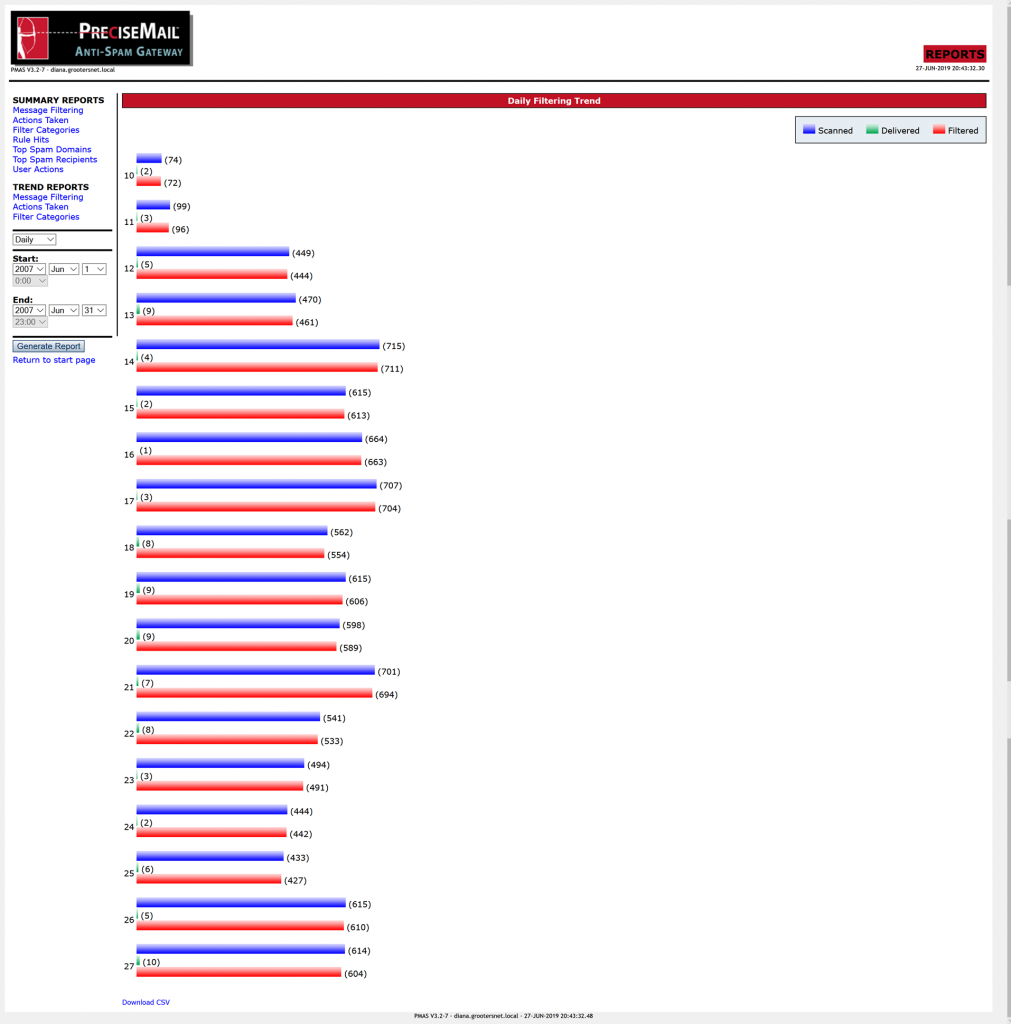Power grid failure – and the aftermath
On May 31st, at about 7:30, we lost power on the grid so all was off. When power was restored – at about 12:30 – all started again – except for the data center. This can happen – if all machines get their power, all start up which causes the controlling unit to switch off. So I disconnected the Itanium machines and the drives, just the disk controller and Alpha on the grid. But it happened again. As it turned out: the power unit of the Alpha didn’t survive the break, so I was out of all services….
The easy solution: return to the small Personal Workstation – just 512 Mb in size – that was the original base. It’s all there, just moving over cables from one system to the other. But because this is a small machine, I had to switch off the database, blogs and all ‘heavy’ stuff so the most important functions for the home center would work as usual: NTP, DHCP and DNS, Mail and, to access mail and services, the webserver. No database, so no blogs. No downloads. no FTP.
No changes done in the router: the VMS instance was the same, just the hardware changed 🙂
Today I received the new power supply, installed it and restored the functions that I had to disable, and restarted the DS10. It should now all work (but it is possible that some functions are still unavailable, like FTP 🙂 But these will become available later.
That’s the reason I can only now show the logs of May…
Because this runs on June 1st, there was a problem in sipping the logs: there was no DKA0:[LOGS] directory. So this needs to be done now…
Mail log:
PMAS statistics for May
Total messages : 3253 = 100.0 o/o
DNS Blacklisted : 0 = .0 o/o (Files: 0)
Relay attempts : 330 = 10.1 o/o (Files: 30)
Accepted by PMAS : 2923 = 89.8 o/o (Files: 30)
Handled by explicit rule
Rejected : 2295 = 78.5 o/o (processed), 70.5 o/o (all)
Accepted : 132 = 4.5 o/o (processed), 4.0 o/o (all)
Handled by content
Discarded : 304 = 10.4 o/o (processed), 9.3 o/o (all)
Quarantained : 126 = 4.3 o/o (processed), 3.8 o/o (all)
Delivered : 66 = 2.2 o/o (processed), 2.0 o/o (all)
About the same as before.
Still, there seems to be a (minor) problem with the local disk (DKA0) – which seems to be none-existing. This to be handled later. in the mean time, extra pagefiles are created and installed, so the system should work properly.

